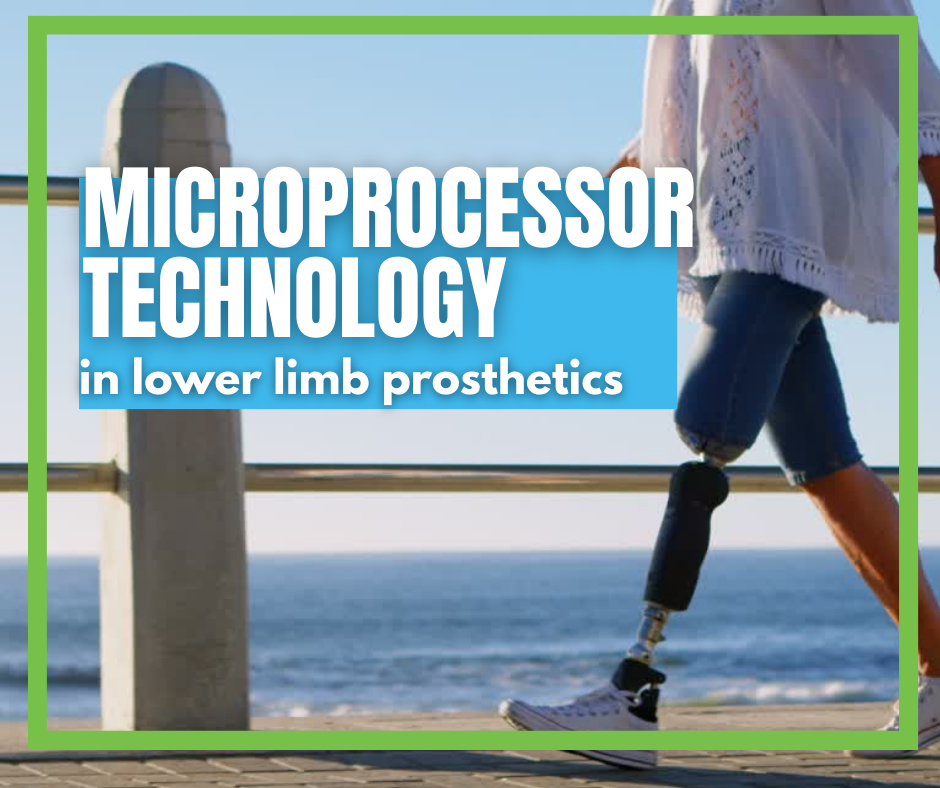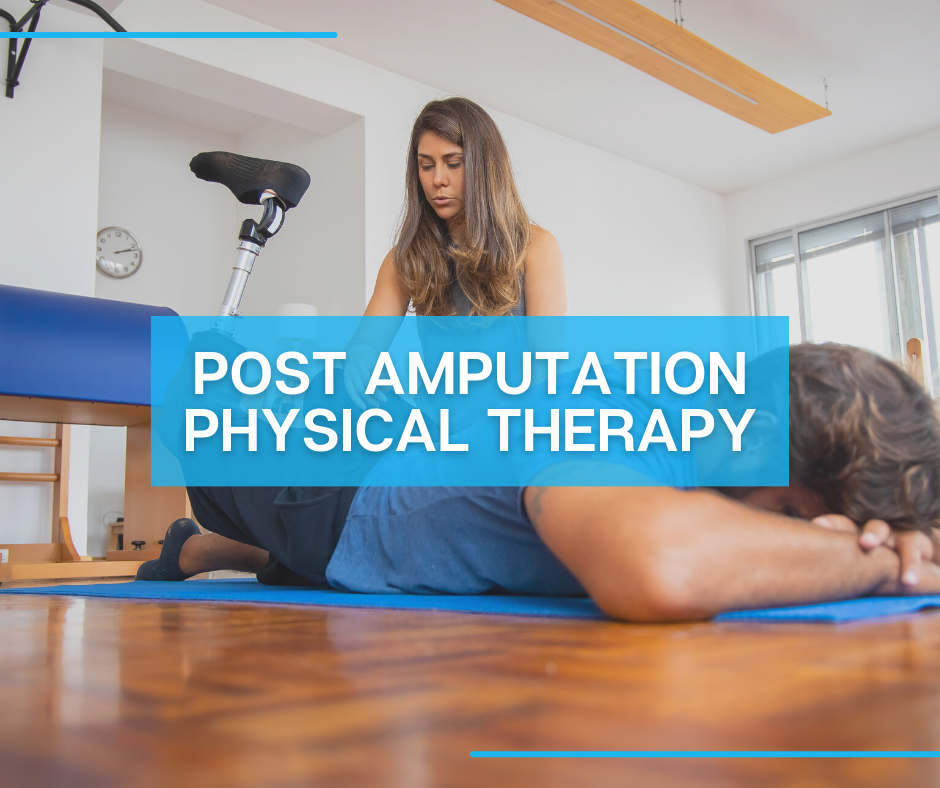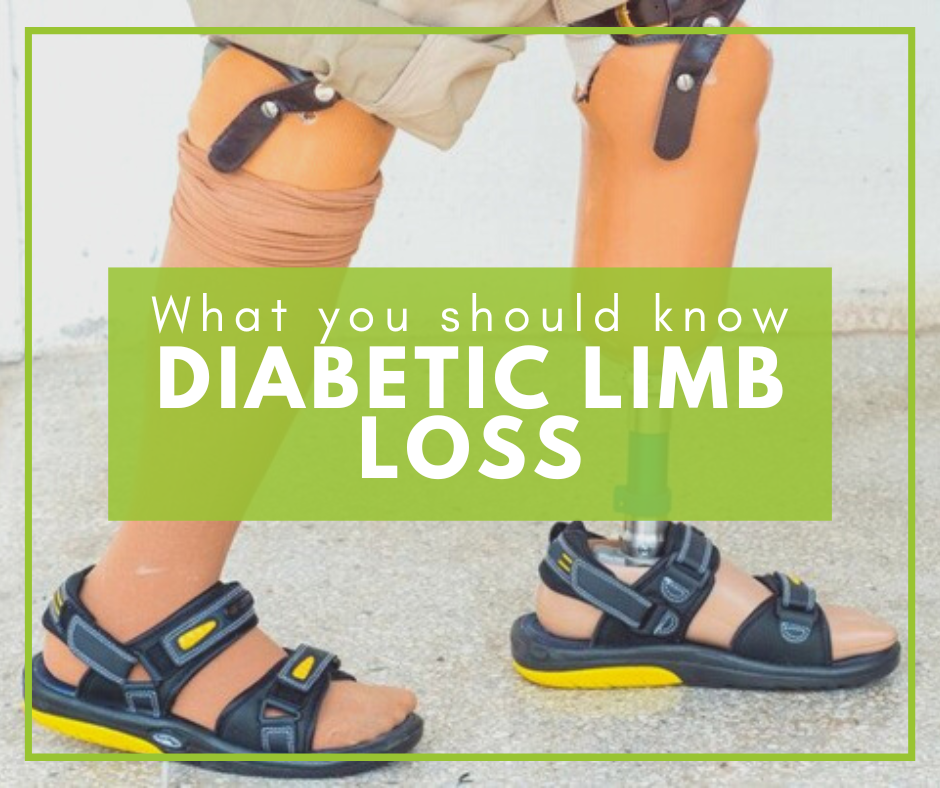

Microprocessor Technology in Lower Limb Prosthetics
Microprocessor technology is one of the most important advancements in prosthetic science. In recent years, microprocessor technology has revolutionized prosthetics for lower limb loss amputees, providing better stability, more natural movement and better functional outcomes for wearers.
Below, we compare mechanical and microprocessor-controlled prosthetic knee joints, and explore some of the best microprocessor knee joints on the market.
Mechanical + Microprocessor Prosthetic Knee Joints
Until recent years, transfemoral amputees relied on mechanical prosthetic knee joints in their lower limb prosthetic systems.
Mechanical knees can be broken down into
single-axis and
multi axis knee joints.
Single-axis prosthetic knees
are simple hinges that require the wearer to use their own body weight to control stability during the stance phase. Single-axis knees typically incorporate constant friction and do not adjust to the wearer’s gait cycle or speed. This can limit the activity level of amputees who choose single axis prosthetics. For instance, it may be difficult for amputees with these prosthetics to easily walk on outdoor terrain. Additionally, most single-axis knee joints feature a manual locking system, which can create an awkward gait and may increase the risk of stumbling during walking.
Multi-axis prosthetic knees provide more functionality during movement, often incorporating hydraulic swing control to adjust to the wearer’s gait during the stance and swing phases. Many multi-axis prosthetic knees have a hydraulic or fluid resistance swing control, allowing for more walking speeds. However, because they have more components, these prosthetics are heavier and require more maintenance.
Microprocessor-controlled prosthetic knee joints (MPKs) contain micro processing units within the knee itself. These units provide real-time adjustment to the knee’s behaviors, based on the numerous moment-by-moment needs of the wearer. MPKs automatically adjust tension or flexion within the knee in response to a variety of factors, including weight-bearing load, velocity and position of the knee.
These features help create a more natural gait cycle. They also closely mimic the mechanical functions of an anatomical knee, reducing the physical strain on the amputee’s body during use.
Different Types of Microprocessor-Controlled Knees (MPKs)
Ottobock C-Leg®, which debuted in 1997, was the first prosthetic knee joint that was controlled by microprocessor technology. The C-Leg® remains one of the most reliable MPKs on the market, with advanced technologies and greater functionality than other models.
Ottobock also produces the Genium X3, the world’s
most technologically advanced microprocessor prosthetic leg. The Genium X3 is the result of collaboration between Ottobock and the United States military for the Military Amputee Research Program. It is designed for high levels of physical activity. The X3 is waterproof, allowing for activities like swimming, boating and working in wet conditions. The X3 includes additional advanced technology, like a gyroscope and accelerometer, to further improve the wearer’s natural gait.
The RHEO KNEE® from Össur is an advanced microprocessor-controlled prosthetic knee for people who have undergone transfemoral amputation. This MPK is waterproof, and provides technological advances that make controlling the knee easier than ever.
See the RHEO KNEE® in motion in the short video below.
Should You Choose a Microprocessor Prosthetic Knee?
If you’re a transfemoral amputee, you may wonder if an MPK is the right choice for your prosthetic device.
Many elderly or homebound individuals who have lower activity levels don’t require the high level of functionality offered by an MPK. Similarly, a younger person who enjoys sports or high levels of physical activity may not be satisfied with a traditional mechanical prosthetic knee.
Before prosthetic fitting, every amputee should discuss his or her activity levels, physical fitness levels and goals for their prosthetic device with their doctor and prosthetic team. Together with your healthcare and prosthetic team, you can decide which lower limb prosthetic device best meets your needs and expectations.
If you’re a lower limb amputee in San Antonio, Houston or Rio Grande Valley, TX, AOD Prosthetics and Orthotics can help you throughout the process of choosing, fitting and adapting to a new prosthesis.
https://www.inmotionprosthetics.com/contact
https://www.inmotionprosthetics.com/contact
Contact us today to schedule a consultation with a prosthetist.
Treatment & Planning for Tomorrow
AOD Prosthetics & Orthotics combines the highest technology available with the best patient care. Bilingual mobile prosthetic service in San Antonio. Serving amputees and improving their quality of life.

All Rights Reserved | AOD Prosthetics & Orthotics | San Antonio, TX


